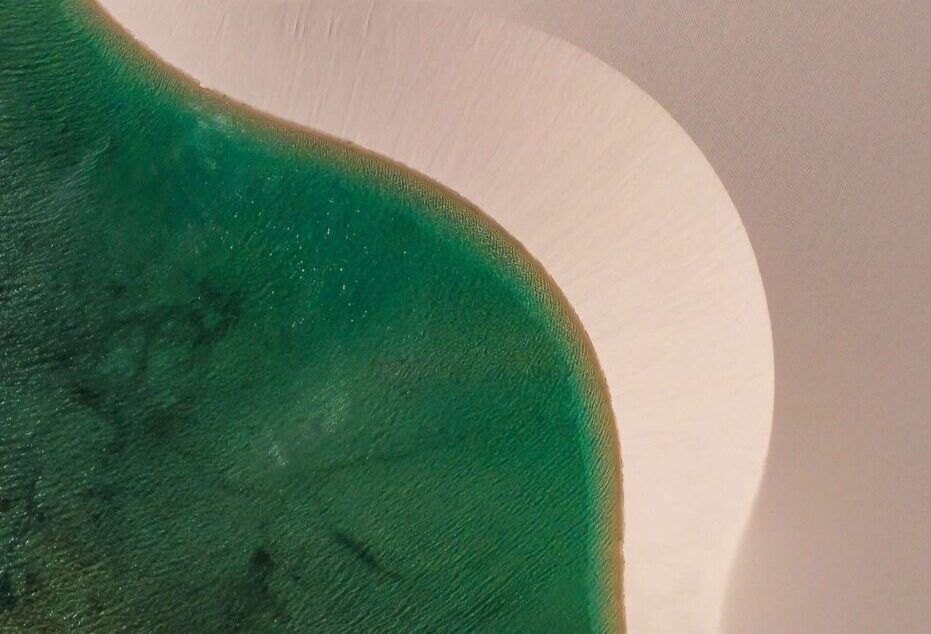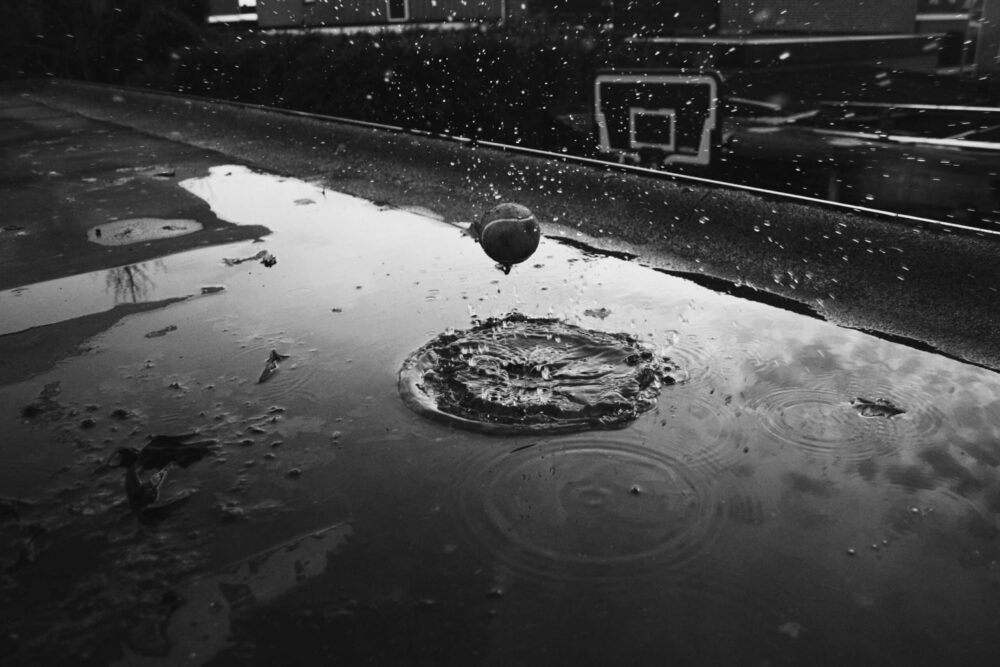Whole-house filtration systems or Point-of-Entry (POE) are water treatment devices that are installed on the main supply line (usually near the water meter or pressurized storage tank and treat all the water used in the home (at the point of entry into the home; thus, the name). Whole- house filtration systems are good to clean all the water before it enters the house and gets distributed to various faucets and showers. POE systems eliminate the need for individual filters at each faucet and showers. A single system can help provide solutions for taste and odor issues, dry scalp, skin irritation issues caused due to excess chlorine/chloramine disinfectants in finished water. Some of the most used whole house filtration systems are water softeners, reverse osmosis systems, etc. Whole house water filter systems are great solutions to help protect the water distribution pipes and home appliances in addition to providing great tasting drinking water from any location (kitchen, refrigerator, bathroom sink) in the house.
MAINTENANCE PROCEDURES
The longevity of a whole house water filter depends on several factors. These can include:
- Water use per day
- The amount of minerals and sediment in the water
- The size and capacity of the filters
Water filters come in different sizes, which can give a more affordable product or increase lifespan. The capacity of water filters is rated by how much water they can process before needing replacement. For instance, a filter could be listed as being able to process 100,000 gallons of water in its lifetime.
On average, whole house water filters will last for the following lengths of time:
- Pre-Filter: Three- to Six Months
- Carbon Filter: 12 Months
- Post-Filter: Up to One Year
The maintenance procedures for POE systems include the following three fundamental parameters:
- Monitoring flow –total flow treated for all POE systems should be tracked and monitored. The media run lengths of POE devices may be rated as total flow treated, and flow values may be the factor used to replace a media cartridge or membrane.
- Replacing parts –Depending upon the type of filtration system cartridges or media should be replaced periodically, usually after six months of use. However, usage and influent water quality should be taken into consideration while deciding the replacement frequency.
- Visual inspection of mechanical condition – the contractor should inspect all aspects of POE systems and replace any parts as necessary in addition to routine replacement. Signs of leaking equipment should be remedied and on the maintenance log.
Table below summarizes maintenance procedures specific to some of the most commonly used treatment technologies in home water filtration systems:
| Treatment Technology | Operation and Maintenance |
| Granular Activated Carbon (GAC) | POE: Periodic backwashing. Replacement of spent media and particulate prefilters
(if used). Maintenance and cleaning of storage tanks (if used). If UV is used for post-treatment disinfection, replacement of bulb and cleaning bulb housing. If ozonation is used for post-treatment disinfection, maintenance of ozonation element. |
| Ion Exchange (IX ) | POE: Regular regeneration and periodic backwashing. Replacement of salt used
for resin regeneration. Replacement of lost or spent resin and replacement of particulate pre-filters. Maintenance and cleaning of storage tanks (if used). |
| Reverse Osmosis (RO) | POE: Replacement of exhausted membranes, particulate pre-filters, and pre- and
post- treatment GAC filters. Maintenance and cleaning of storage tank. Maintenance of (re) pressurization pumps (if used). |
| Ultraviolet (UV) Disinfection | POE: Replacement of UV bulbs. Cleaning bulb housing. |
Filters that are not well maintained can do more harm than good, so it is crucial to follow all manufacturers’ instructions for proper maintenance. Change filters regularly to keep drinking water healthy. Water softeners need to be regenerated (flushed) on a regular schedule. The consultants at Sani Water can help their customers with required maintenance of the products they recommended and installed. The technicians can also help with troubleshooting of existing water filtration systems to saniwater provide effective treatment for provision of clean drinking water. is dedicated to offer best solutions to meet the drinking water requirements of their customers.
REFERENCES
- https://www.epa.gov/sites/production/files/2015-09/documents/guide_smallsystems_pou-poe_june6-2006.pdf
- http://www.nsf.org/consumer-resources/water-quality/water-filters-testing-treatment/changing-water-filters
- https://www.cdc.gov/healthywater/drinking/home-water-treatment/water-filters/step4.html
- https://www.health.state.mn.us/communities/environment/water/docs/factsheet/hometreatment.pdf
- https://www.freshwatersystems.com/blogs/blog/what-is-a-whole-house-water-filter-and-how-does-it-work
- https://www.varsityhomeservice.com/blog/p.200415001/how-long-will-a-whole-house-water-filter-last/


